Writing is so very important - at any age - yes, even the little ones in Kindergarten are encouraged to write everyday!
Our classroom is a full day, play-based kindergarten class in Ontario, designed to meet all learners needs. We know that students come to us as young as 3 and might not even recognize their name, others begin school knowing all their letters and sounds and might even be reading! That's why it's important to guide and encourage all children to write daily - and knowing that we have set up a fun and interactive Writing Centre means students will actually want to write!
As a side note, our Writing Centre changes all the time! We start small at the beginning of the year, usually just putting out a few magnetic words (which we use as our word wall), blank paper, a flip book of students in our class, an alphabet flip book, stencils, vocabulary flip books and picture dictionaries.
The picture below shows what our Writing Centre (shelf) looks like by the end of the second month of school or so.
As we teach lessons on writing, we include new things to the Writing Centre.
At the beginning of the year, we tend to focus on name printing with those students that need the extra support. We do this in a variety of ways - using Playdough to form and roll out letters, identifying our name around the room, searching for and building our name using magnetic letters, writing our name using a variety of tools (chalkboard, whiteboard) and finally using a pencil to practice.
We take pictures of the children during the first week of school (sometimes the first day can be a little hectic!). We use these pictures in a variety of places around the room so that the students not only begin to identify their own name but names of peers. We also print them on cue cards and attach them on a ring. We leave this at our Writing Centre to encourage students to write peers names on a list, in a letter, etc.
We also print these Alphabet cards and attach them onto a ring.
Students can use these to search for beginning sounds or review letter/sound identification.
The topic of word walls always comes up in conversation with our kindergarten teachers. Over the years, we have tried creating a word wall in many ways and places around the room.
We have had students write the words and place them on a bulletin board but the problem we found was the bulletin board was too high for students to read the words.
We found this option the best - this is a magnetic board (I used my Scholastic bonus coupons to buy it but you can find it on Amazon also - see picture below).
Students are able to remove the word that they want to use and take it to their seat. When they are done they simply put it back!
Students are able to remove the word that they want to use and take it to their seat. When they are done they simply put it back!
*You can find the Magnetic Tabletop Learning Easel by clicking on the picture below*
If you don't want to buy the big pack of magnetic words I included ready-to-print words (which are editable so you can add your own if they are not already included). Just add a magnet to the back (you can buy these at Dollarama).
 |
| This is about how many sight words I would start with for the first few weeks of school. |
We also like giving students to option of using the same sight word cards as above but displaying them on Popsicle sticks.
As the year goes on, we change the paper offered - it's important to introduce ways for students to use some of the paper (i.e. letter writing) before leaving it out. You can do this either whole group or in small group mini lessons.
At the beginning of the year, I like to start with showing students how to draw. I find that many of the young students come to school and scribble - so we want to take time to simplify drawing. We use these shape stencils to show students how drawing people or objects can be done by using shapes (i.e. face is a circle, house is a square, etc.)
Students are also shown how to label their picture (we start by asking them to write the beginning sound they hear).
As the year progresses, so do our students! By the end of Year 2 many of them are able to use the tools we set out (magnetic sight words, stencils, etc.) to draw and form a simple sentence.
These are 2 of my favourite books when discussing making lists (the Max and Ruby book is perfect for Kindergarten as many students can identify with the characters).
As part of the Full Day Kindergarten program in Ontario, we are encouraged to have our students think and wonder about the world around us. We use "I see...I think...I wonder..." often.
I am always taking pictures (when we go on Nature Walks, driving to school, animals and creatures I find in my backyard, etc.) and I like to share these pictures with my students. I project them onto the Bright Links board and together we complete the phrases "I see...I think...I wonder..." We do this so often that students are used to what is expected. So when we leave out provocations, such as the one below with the flowers, students understand what to do. Now not all of my students are writing so then what happens? Well, they know they can draw a picture of what they see, think and wonder or ask a friend for help.
You can find all this (and SO MUCH MORE!) in my new Get Your Students to Write! pack on TpT.
I love playing games in small groups with students who need extra practice with sight words. I have also included larger sight word cards that you can use to play "Roll-Say-Keep".
Here is what our baskets look like in the centre of the table. We keep pencils and erasers inside and leave a ring with sentence starters there to prompt students to add writing to their pictures.
As the year goes on, we change the paper offered - it's important to introduce ways for students to use some of the paper (i.e. letter writing) before leaving it out. You can do this either whole group or in small group mini lessons.
At the beginning of the year, I like to start with showing students how to draw. I find that many of the young students come to school and scribble - so we want to take time to simplify drawing. We use these shape stencils to show students how drawing people or objects can be done by using shapes (i.e. face is a circle, house is a square, etc.)
*You can also find many free printable "how-to-draw" instructions for children on the internet. We print these and insert them into a binder kept on the Writing Centre shelf.*
Click here for an example.
We also set up a provocation inviting students to choose stickers (who doesn't love stickers?!?!) and write the sounds they hear beside to practice labelling.
Another lesson I like to teach early on in the school year is about making lists. We brainstorm the many lists our parents and teachers write (i.e. grocery lists, birthday lists, our favourite toys, etc.). An easy and fun activity is to leave out grocery flyers and have student cut their favourite things. They can try and sound out how to spell the words.
Students can also copy thematic words (i.e. animals) from our Vocabulary Flip Books.
Here is an example of the Community Helpers Flip Book.
These are 2 of my favourite books when discussing making lists (the Max and Ruby book is perfect for Kindergarten as many students can identify with the characters).
As part of the Full Day Kindergarten program in Ontario, we are encouraged to have our students think and wonder about the world around us. We use "I see...I think...I wonder..." often.
I am always taking pictures (when we go on Nature Walks, driving to school, animals and creatures I find in my backyard, etc.) and I like to share these pictures with my students. I project them onto the Bright Links board and together we complete the phrases "I see...I think...I wonder..." We do this so often that students are used to what is expected. So when we leave out provocations, such as the one below with the flowers, students understand what to do. Now not all of my students are writing so then what happens? Well, they know they can draw a picture of what they see, think and wonder or ask a friend for help.
I like to challenge those students who are strong writers and ready for it. My students love playing with different materials in the class (like the BeeBot) and I have them tell the class, step-by-step, how to use it (create instructions or procedural writing). They get so excited to do this!!!
If your students bring in toys from home (we went through a Pokemon card phase a couple of years ago), you can have them write about how to play step-by-step.
Another lesson we teach as the year progresses is how to write letters to our peers (this is a great lesson to do around Valentine's Day!). We introduce the words "To" and "From" and explain how a letter can be words or pictures and it communicates a message.
Since we read many stories (at least one a day!), it's no surprise that students are naturally drawn to writing their own story. Again, not all students are able to write sentences or even words, but the children know they can draw a picture and we can transcribe it on the bottom.
Have students create their own story using loose parts!
I like to leave out a felt board with the story we read and have students retell the book. They can also draw it on their My Story paper. You can read all about how to make your own felt board pieces here.
We have even used the app My Story and created digital stories!
We use this template with the students first so that they could plan their story.
I kept my very favourite piece of writing last - postcards!!! We did a whole bunch of post card writing before school let out a few weeks ago. We discussed how you often send postcards when you travel to places around the world. We also talked about how it feels good to receive mail from our family and friends and if any children were travelling this summer, they could purchase a post card and mail it to Mrs. Albanese (or just write one like the example below!)











































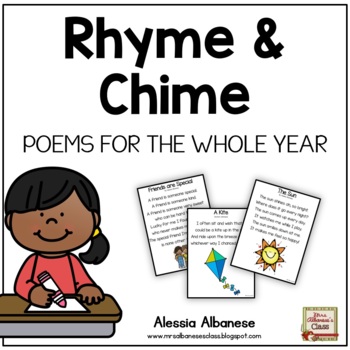

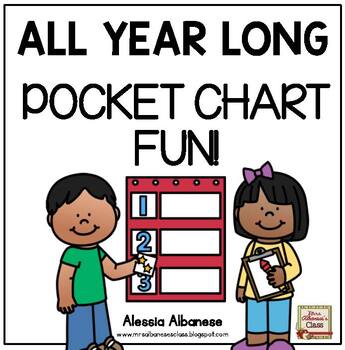
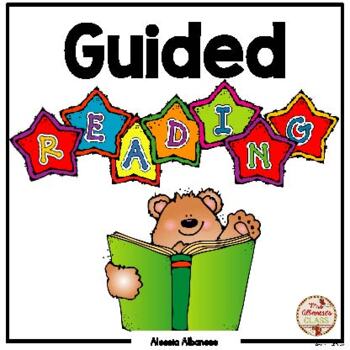
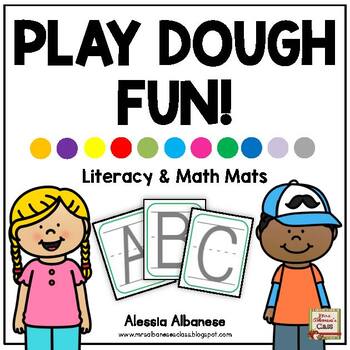

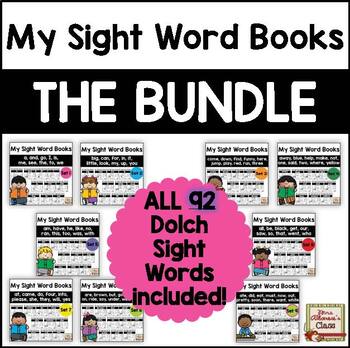

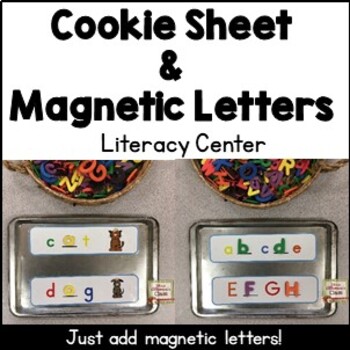
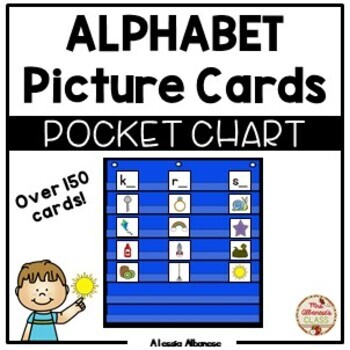




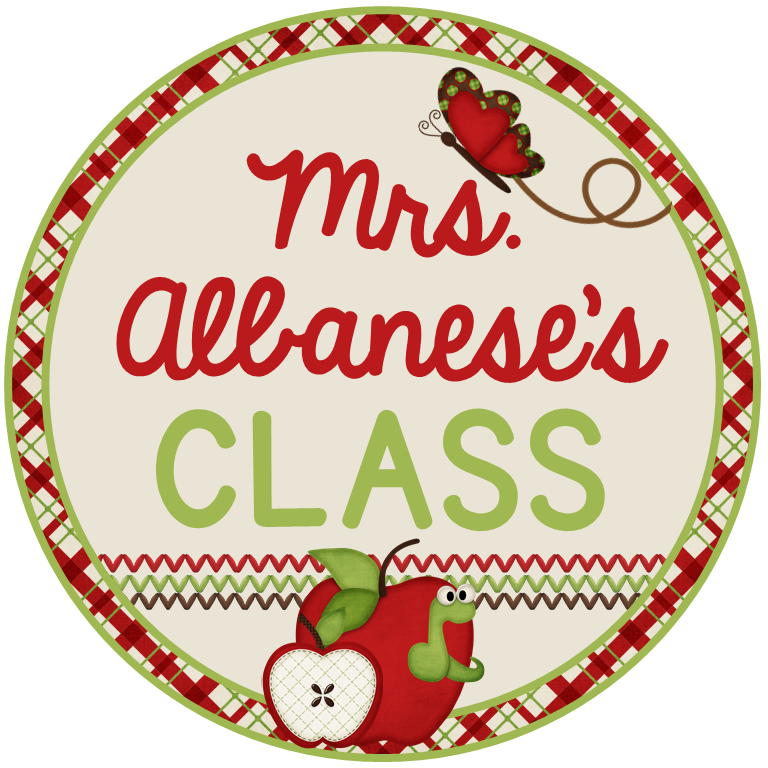
No comments
Thank you for visiting my site today. I love to hear comments and questions. If you read something that you want me to discuss with you via email, you can use the comment form at the top of my page.